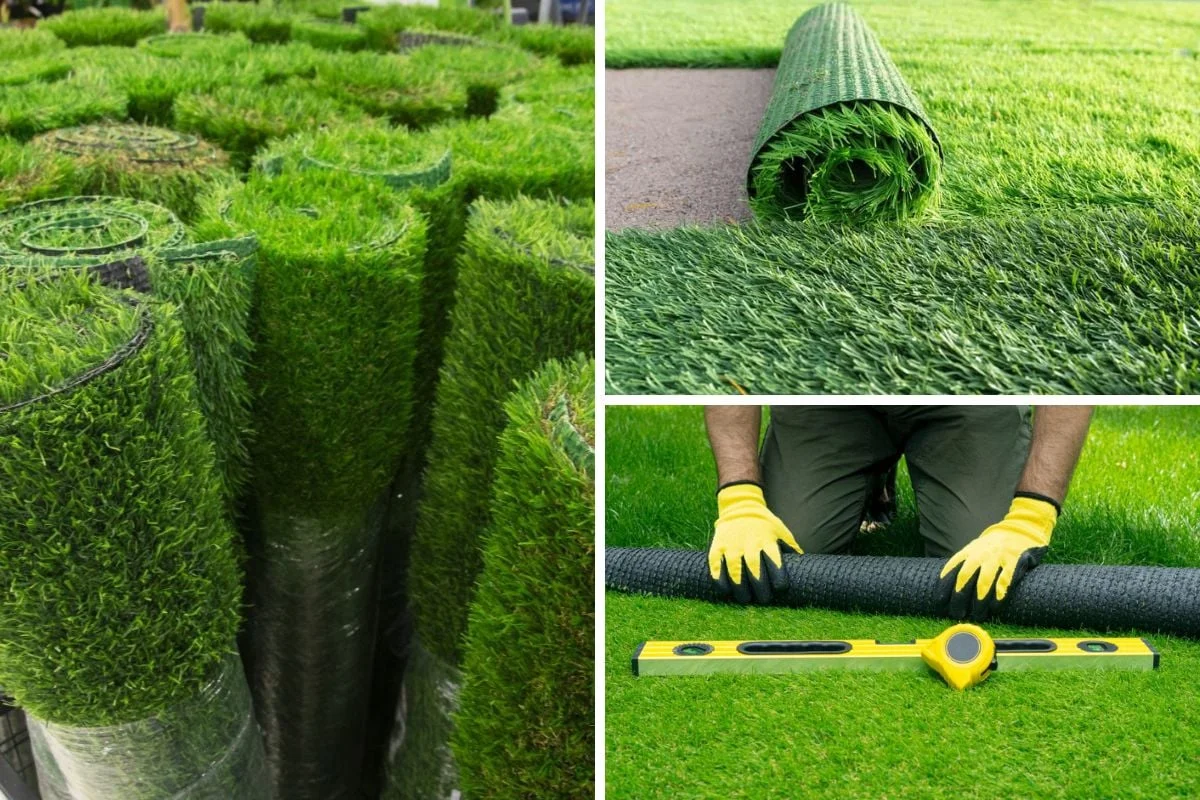Though many individuals often use the terms “artificial turf” and “artificial grass” interchangeably, these terms refer to distinct varieties of synthetic grass.
Specifically, “turf” denotes sports grass, typically of shorter length. On the other hand, “artificial grass” is the accurate designation for landscape grass, characterized by its longer and more lush appearance.
During the initial development of AstroTurf, such distinctions were not made, as there was just a single product available.
Yet, in all honesty, this initial iteration could have been better. AstroTurf exhibited a green hue that didn’t quite match the shade of natural grass field, and its texture was markedly different.
Innovations In Science and Technology Transforming The Synthetic Grass Industry
Scientific and technological advancements have sparked a revolution in the synthetic grass industry.
Today, a multitude of specialized products cater to distinct grass-related needs. Consequently, we can differentiate between artificial turf tailored for sports applications and artificial grass for lawns and landscaping.
What Is Artificial Turf?
Sports artificial turf is as tough as it gets. It must be to endure the many pounding cleats and grinding plant-and-turn maneuvers executed by the players in a fast-paced game.
It’s also far safer than natural grass, with less chance of injury regardless of weather and the ability to keep playing even when wet.
What Is Artificial Grass?
Artificial grass and turf are the “simulate natural grass” side, while synthetic turf is the “action” side.
These longer, softer grass blades are constructed to last just as long as their shorter, stiffer counterparts, aiming to please the eye while offering functionality.
The most vital point to note is that not all artificial grass is equal in quality. The value and performance of a product are determined by two key factors: the materials used and the quality of the manufacturing process.
Professional artificial grass installation Colorado Springs ensures the longest lifespan and optimal performance.
Artificial grass lawn even has versions tailored explicitly for usage in dog runs and doggy daycares.
Artificial grass designed for children offers safety advantages unlike natural grass, just as artificial turf provides enhanced safety for athletes.
Shared Characteristics Of Artificial Turf And Artificial Grass

Artificial turf/grass, despite their variances, have several characteristics that have contributed to their widespread appeal among property owners:
- Enjoy the benefit of not needing a lawn irrigation system, resulting in no additional costs or water waste.
- In contrast to the need to maintain real grass, little to no ongoing costs or upkeep are associated with artificial grass. This includes the expenses linked to a lawn mower.
- During the process of installing artificial grass, there is no ingestion of either pollen or poisons.
- Artificial turf around pool, as well as artificial grass, not only make your outdoor living space better, but safer as well!
- Both artificial grass and turf pose no chemically-induced health hazards.
- Eliminates the necessity for costly seed lawn installation, which often involves tearing up and repeatedly replacing grass in sports facilities or event locations.
- Saturdays and Sundays once more belong to homeowners, thanks to the low maintenance requirements of an artificial lawn.
The diversity of options within synthetic grass products is vast, which means there’s a lot to consider if you’re debating between artificial grass vs natural grass.